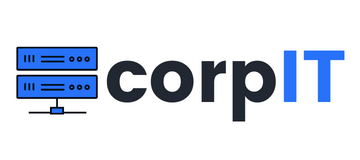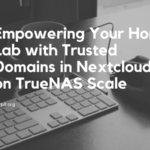In the realm of software design, architectural choices profoundly influence system behavior, resource management, and overall performance. Two fundamental paradigms, Daemon Architecture and Daemonless Architecture, stand out for their contrasting approaches to managing background processes. Understanding the differences between these architectures is crucial for architects and developers seeking to optimize system efficiency and security. In this article, we’ll delve into the nuances of Daemon and Daemonless Architectures, providing a comparative analysis to elucidate their key characteristics and use cases.
Table of Contents
Daemonless Architecture
Daemonless architecture is a design approach that emphasizes running processes directly without the need for a continuously running background service, known as a daemon. In this model, processes are invoked on-demand, executed, and then terminated once their tasks are completed. This architecture offers several advantages, including reduced resource consumption, enhanced security, and simplified system management.
Key Characteristics:
- Direct Execution: Processes are launched directly by users or parent processes without relying on a persistent background service.
- Resource Efficiency: Processes consume resources only when actively running, minimizing idle resource usage and optimizing system performance.
- Security: Each process operates with its specific set of privileges, reducing the attack surface and mitigating the risks associated with daemon vulnerabilities.
- Simplicity: Eliminates the need for managing a central daemon, leading to simpler system architectures and streamlined management processes.
Daemon Architecture
Daemon Architecture, also known as client-server architecture, revolves around the concept of a persistent background process known as a daemon. Daemons typically run continuously, listening for incoming requests and performing designated tasks or services on behalf of clients. This architecture is widely employed in networked systems, web servers, databases, and various server-client applications.
Key Characteristics:
- Persistent Background Process: Daemons run continuously in the background, waiting for client requests or system events.
- Centralized Management: Daemons centralize resource management and service provision, handling requests from multiple clients.
- Communication: Clients communicate with daemons over a network using standardized protocols, such as HTTP, TCP/IP, or custom application-specific protocols.
- Scalability: Daemon architectures can be scaled horizontally by deploying multiple instances of the daemon to distribute the workload and accommodate increased demand.
Contrasting Daemon and Daemonless Architectures
To facilitate a clearer understanding of the differences between Daemon and Daemonless Architectures, let’s compare them side by side in the following table:
| Feature | Daemon Architecture | Daemonless Architecture |
|---|---|---|
| Persistence | Continuous background process (daemon) | On-demand process execution |
| Resource Usage | Continuous resource consumption | Optimized resource usage |
| Security | Potential risks with daemon vulnerabilities | Enhanced security with process-specific privileges |
| Management Complexity | Centralized management | Simplified system management |
| Communication | Client-server communication | Direct process interactions |
| Scalability | Horizontal scaling with multiple daemon instances | Scalability depends on individual process capabilities |
| Examples | Web servers, databases, server-client applications | Lightweight applications, containerized environments |
Conclusion
In conclusion, both Daemon and Daemonless Architectures offer distinct advantages and are suited for different use cases. Daemon architectures excel in centralized management, scalability, and standardized communication, making them ideal for networked systems and server-client applications. On the other hand, Daemonless architectures prioritize resource efficiency, security, and simplicity, making them well-suited for lightweight applications, containerized environments, and scenarios where on-demand process execution is paramount. By understanding the nuances of these architectures, architects and developers can make informed decisions when designing and implementing software solutions tailored to specific requirements and objectives.




